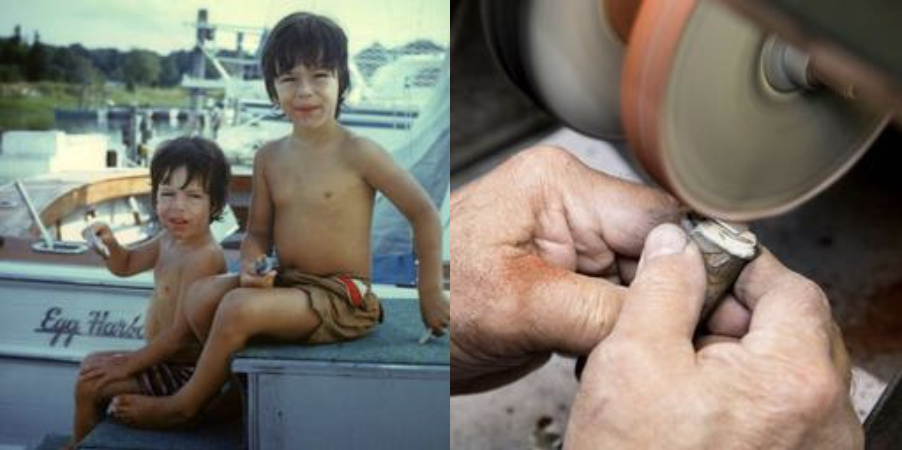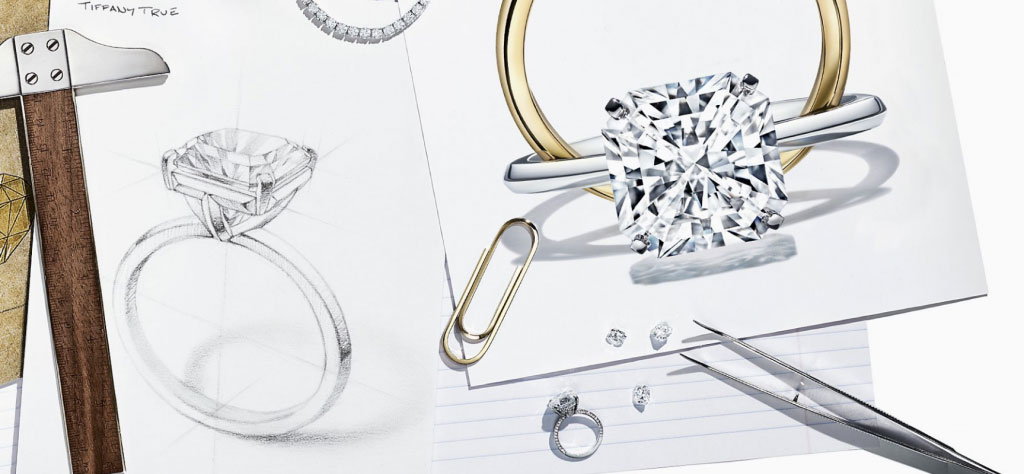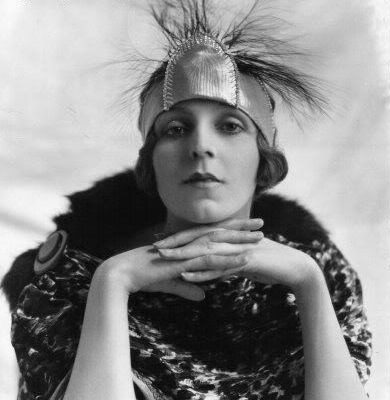When we first meet someone and listen to what they have to say, we’re listening to their stories. And they’re listening to ours. It’s our way of connecting, understanding, relating, and bonding.
Storytelling is in our very nature; it’s part of the fabric of humanity and has been since early humans started painting on cave walls. When we tell stories, we invoke an emotional reaction in our audience. Skillful and authentic storytelling helps us understand ideas in ways that are personal and meaningful to us. And it builds trust.
Why use storytelling for your fashion brand?
The global apparel market was worth $1.5 trillion in 2020. That figure represents a lot of fashion designers and brands! In a time when it’s becoming increasingly difficult to stand out in a crowded market, storytelling is one way to do just that.
Storytelling is now considered essential to modern branding. It’s about educating the customer around the product, its quality, and its origin. Successful storytelling can be powerfully persuasive, and your customer will respond to it. In short, it’s a way of reaching and connecting with the people you want to reach.
Whether in the fashion industry or not, consumers today want to know a brand’s story. They want to learn about a brand’s background, purpose, and values. Knowing your brand’s origin and what it stands for shapes your potential customer’s view of your brand and helps them identify and relate to it.
So with storytelling, you have the chance to make a bigger impact and generate an emotional response. The emotional piece cannot be overstated, because not all purchase decisions are arrived at through logic and reason. In fact, very few are. Emotions play a large part in our decision-making. Research across disciplines (neuroscience, psychology) is clear: Emotions constitute “powerful, pervasive, and predictable drivers of decision making.”
 The Gucci 100 ad campaign. Photo source: Gucci
The Gucci 100 ad campaign. Photo source: Gucci
How to do it?
It’s possible for any brand to create a compelling story, as long as it is authentic. While it’s possible for industry competitors to copy or recreate your product, it is impossible for competitors to replicate your brand’s story. It’s what makes you unique. It’s also important to note that research demonstrates there is a significant relationship between brand authenticity and brand trust. And people buy from brands they trust.
Fashion is all about expression and attitude, so storytelling about your fashion brand is a natural fit.
1. Think about your audience. Know your audience and what will resonate with them. Naturally, the goal is to be authentic and stay true to your roots, but as with any branding element, it’s key to know the people you’re speaking to so you can shape your message accordingly.
2. What’s your origin story? How did you get to where you are? Most consumers want to know who they’re buying from. They are looking for a glimpse of the people and the history behind the product. Again, they want to feel an emotional connection, and that emotional connection provides a compelling reason for them to buy from you – and remain a loyal customer. Hopefully, the emotional connection is the beginning of an ongoing relationship.

Jewelry brand Luca + Danni using personal images to explain their journey. Photo source: Luca + Danni
3. Use plenty of images and other visuals to support your story. We are a visual society; we respond to and more readily remember information conveyed through images. So images contain a great deal of power and are often more effective than the accompanying text. Naturally, the most successful images to tell your story are the personal ones, those that allow your customers a real view into your journey. Tiffany does a beautiful job of this, artfully combining its stunning jewelry with original images and drawings that date back to Tiffany’s inception in 1937. Scroll through the timeline to get an idea of what can be done to tell an origin story through an effective combination of some text and many images.

Tiffany telling their story. Photo source: Tiffany
Of course, we can’t all be iconic when we’re just starting out. Here’s a great example of origin storytelling on a smaller scale from jewelry brand Luca + Dani. It’s short, heartfelt, speaks to their audience, and contains interesting, relevant, and personal imagery.
In addition to the origin story, storytelling can play a large role in your overall marketing strategy. Luxury brand Gucci does this very well. Take a look at a recent ad campaign, Gucci 100, which the company dubs “An homage to a modernity in constant evolution, enriched by the power of memory.” Its storytelling in this campaign is perfectly positioned to appeal to younger generations of consumers who will identify with the quirky, eclectic, creative and individualistic aesthetic—while still speaking to the rich history of the brand.
Conclusion:
Within the fashion industry—and outside of it—many customers today, particularly (but not limited to) Millennials and Gen Z, want to identify with a brand’s story. Telling your story helps you reach the people you want to reach, make an impact, and build trust. You’re helping your customer connect to your product in a meaningful and personal way. And after connection comes action.





